
views
Housing Your Gecko
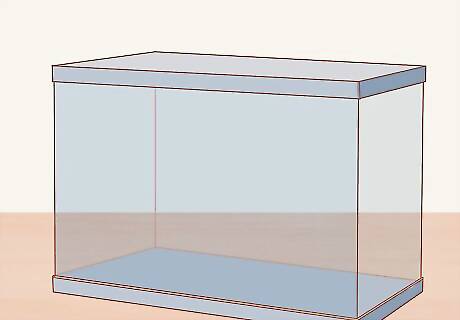
Provide at least a 20 US gal (76 L) tank for your gecko. One single house gecko does not need much space to be happy and healthy. A deeper tank, with high walls, is ideal for a gecko. Use a glass tank with a screen lid so the gecko gets enough ventilation in his tank. Never house more than one male in the same tank as they may fight. As well, if you decide to keep female and male geckos together, be prepared for them to breed and produce baby geckos. You may need to move your expanding population of geckos to a larger tank to make sure there is enough room for the adult and baby geckos.
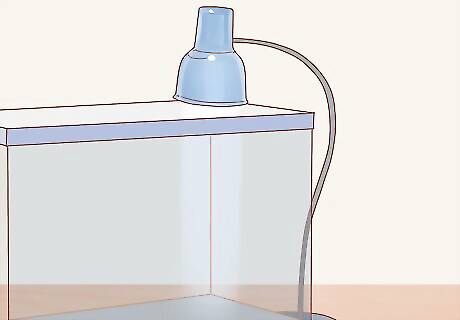
Make sure the tank has a heat gradient. If a reptile has too much heat they may overheat and become sick or die. Your house gecko’s tank should have a heat gradient, with a heat lamp at one end of the tank. This will allow your gecko to get heat during the day and less heat at night, when you shut off the heat lamp. The tank’s overall temperature should be around 85ºF-90ºF (29ºC–32ºC) at the warm end and about 78ºF-80ºF(25ºC–27ºC) at the cool end. Night temperatures should stay around 78ºF-80ºF(25ºC–27ºC). Make sure you provide a cool and a warm end in their enclosure to assist with thermal regulation. Appropriate temperatures can be achieved by using a small low wattage heat lamp on one end of the of the tank. You may also use a side or under tank heater for your tank. Keep the heat lamp on for 12 hours a day and then turn it off at night. You can also use a blue heat lamp may to control nighttime temperatures. Do not use a heat rock as they are outdated and can cause severe burns and even death. You do not need to use UV lighting for house geckos as they are nocturnal.
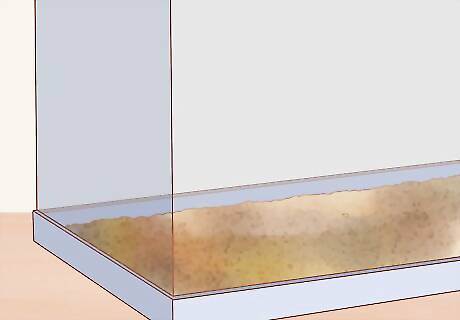
Put substrate at the bottom of the tank. Substrate at the bottom of the tank will help to keep the environment humid and hot, just how your gecko likes it. You can use a simple and low maintenance option for substrate, such as paper towels or newspaper. You can also splurge for a more natural looking option, such as organic potting soil, cypress mulch, bark, or leaf litter. The substrate should be at least 3 inches (7.6 cm) deep as geckos typically create a small divot or burrow for their eggs. Do not use sand or pebbles as substrate for the tank, as you gecko can end up trying to eat it and become sick. Change the paper substrate two to three times a week. If you are using particulate substrate, like mulch or bark, spot clean them once a day and replace all the substrate once a month.
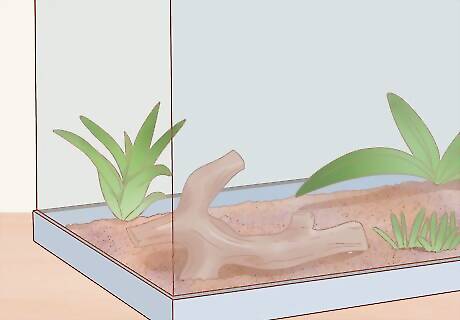
Add in plants and hiding spots. Live plants and artificial plants provide lots of climbing spots for your gecko. Live plants also help to increase the humidity of the tank, an ideal environment for your gecko to thrive in. Because house geckos are nocturnal, they will need a place to sleep and hide at night. You can buy hiding structures, often made of cork, from your local pet store. Buy two hiding structures and place one on the cool side of the tank and one on the warm side. This will give your gecko the option of cooling down or warming up. Try to have at least two hides per gecko.
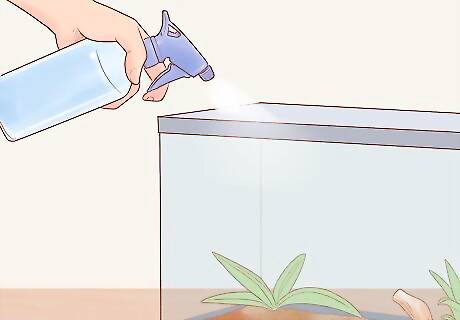
Mist the tank once a day to keep the humidity up. House geckos are tropical species and they respond well to a humid environment, about 70% - 90% humidity. You can ensure the tank stays humid by misting the tank with water once to twice a day. Use a clean misting bottle and fresh chlorine free water. Aim the bottle at the sides of the tank to ensure it is moistened. You can also set up an automatic mister in your tank that releases a spray of water on a daily basis. Look for automatic misters at your local pet store.
Feeding Your Gecko
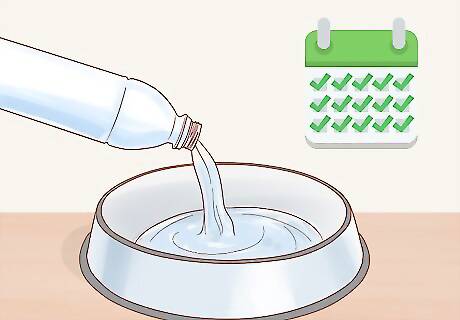
Give your gecko fresh water every day. Provide a small, shallow water bowl for your gecko and fill it with fresh, chlorine free water once a day. The water dish should go on the cool side of the tank. Your gecko may drink from it and/or use it as a spot to bath. Most geckos will drink water droplets from daily misting, rather than from their water bowl. Always give your gecko de-chlorinated water, as distilled water can cause medical issues for your gecko due to its lack of nutrients and minerals. Avoid giving your gecko untreated tap water, as it can be unhealthy for your gecko.

Feed your gecko protein rich meals. A baby gecko, or young gecko, will need to be fed five to six times a week. An adult gecko needs to be fed about 3 times a week. Your gecko should have a diet that is high in protein, consisting of crickets, mealworms, waxworms, silkworms, and roaches. The insects should be no longer than the width of your gecko’s head to ensure he can stomach them. If any uneaten insects survive, somehow, and are roaming around in the tank, remove them, as they can end up chewing on your gecko’s skin and eyes. You should gut load the insects, feeding them a nutritious diet about 24 hours before offering them to your gecko. Then, give the gut loaded insects to your gecko. Do not give your gecko wild caught insects, as they can carry diseases.
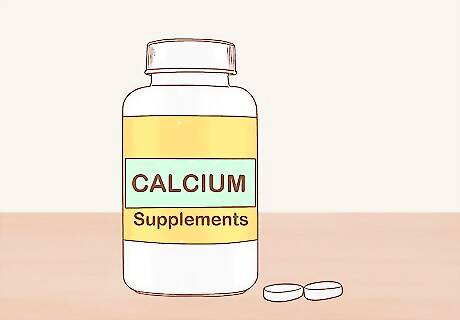
Add supplements to your gecko’s food. You should dust your gecko’s food with a calcium supplement before giving it to him. A growing gecko should be dusted more often than an adult gecko. You can ask your veterinarian for exact instructions on how much supplement you should dust on your gecko’s food to avoid over-supplementing the food. Opt for a calcium supplement fortified with vitamin D3 and dust it on two to three time a week. Do not use a calcium supplement with added phosphorous, unless specified by your vet.
Handling Your Gecko
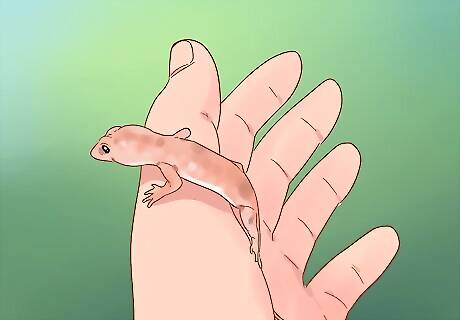
Handle your gecko when it has reached adulthood. Most growing house geckos do not enjoy being picked up and held. Handling your gecko may also prevent him from getting used to his new environment. House geckos are fragile and if you pull on their tail, they may lose their tail or become injured. You may want to wait until your gecko is an adult to handle him outside of his cage. Even then, you should be careful when handling him and try not to let him out of your hands as house geckos can move very fast and tend to hide in hard to reach places once they are out of their tanks.

Never pick up your gecko from his underbelly. Lifting your gecko from his underbelly will spook him and cause him to jump out of your hands. Make sure you pick him up from the top of his body and get a good grip on him before you lift him out of his tank. You may then cup him in your hands to ensure he does not run away. In general, you should only handle your gecko if you need to remove him to clean the tank. Wash your hands before and after handling your gecko, as you may have bacteria on your hands that can cause illness.

Allow your gecko to shed his skin on his own. Your house gecko will shed his skin in patches every four to six weeks. He may turn a dull color and the skin over his eyelids may pop as he sheds his skin. Though the shedding can look uncomfortable, do not try to peel off the skin from him as this can be painful and dangerous for your gecko. If the tank conditions are humid enough, your gecko should be able to shed his skin on his own and he may even eat his own shedded skin. During the shedding process, your gecko will grow a new layer of skin and it will separate from the old layer, creating a fluid between the two layers. If your gecko’s enclosure is too dry, the fluid will not form properly and make it more difficult for your gecko to shed his old skin. If your gecko’s old skin does not seem to be coming off on its own, you may need to adjust the humidity of your tank by misting the tank twice a day. You may also provide a moist box in his tank, such as a plastic container filled with moist reptile terrarium moss. Cut a door into the side of the container and place the lid on the container. This will allow your gecko to go into the box at his will. If your gecko has trouble getting old skin off his toes, tail, or head, you can assist him by spraying the area with water and gently massaging the skin until it peels off on its own.














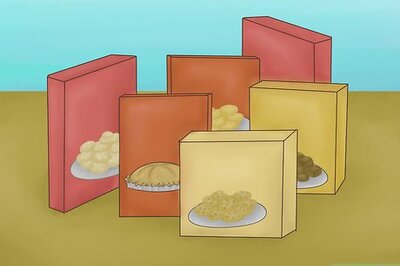



Comments
0 comment